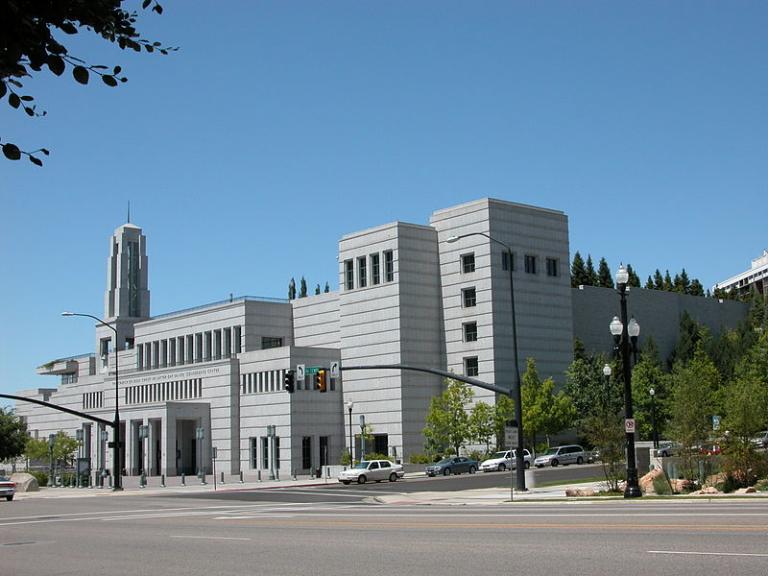
I subscribe to an e-newsletter written by the always interesting Deseret News reporter Tad Walch (“Churchbeat with Tad”) which gives background for his coverage of President Russell M. Nelson and of the Church of Jesus Christ of Latter-day Saints more generally. You can sign up for his newsletter, or for other Deseret News newsletters — at no charge — here:
https://www.deseret.com/pages/newsletters
I hope that he won’t mind my quoting an interesting passage (not the only one!) from his most recent installment of the newsletter. He’s referring to the women’s session of the most recent semi-annual general conference, and specifically to
one of the changes to the church’s Young Women theme announced during that session. It now substitutes the phrase “Heavenly Parents” for “Heavenly Father.”
The change felt natural within the church, because it is in increasingly common use within church leadership and the body of the faith. I did a quick search and found that the term “Heavenly Parents” has been uttered 119 times in the complete, 189-year history of general conference. Here’s a breakdown from the very cool General Conference Corpus created by a BYU professor:
- 1800s: 2
- 1900s: 38
- 2000-09: 15
- 2010s: 64
So, the term “Heavenly Parents” has been used in general conference more in this decade alone than in the previous 179 years of church history combined.
***
Years ago, I wrote an article that is relevant to the topic of “Heavenly Parents”:
Abstract: Asherah was the chief goddess of the Canaanites. She was El’s wife and the mother and wet nurse of the other gods. At least some Israelites worshipped her over a period from the conquest of Canaan in the second millennium before Christ to the fall of Jerusalem in 586 BC (the time of Lehi’s departure with his family). Asherah was associated with trees—sacred trees. The rabbinic authors of the Jewish Mishna (second–third century ad) explain the asherah as a tree that was worshipped. In 1 Nephi 11, Nephi considers the meaning of the tree of life as he sees it in vision. In answer, he receives a vision of “a virgin, . . . the mother of the Son of God, after the manner of the flesh.” The answer to his question about the meaning of the tree lies in the virgin mother with her child. The virgin is the tree in some sense and Nephi accepted this as an answer to his question. As an Israelite living at the end of the seventh century and during the early sixth century before Christ, he recognized an answer to his question about a marvelous tree in the otherwise unexplained image of a virginal mother and her divine child—not that what he saw and how he interpreted those things were perfectly obvious. What he “read” from the symbolic vision was culturally colored. Nephi’s vision reflects a meaning of the “sacred tree” that is unique to the ancient Near East. Asherah is also associated with biblical wisdom literature. Wisdom, a female, appears as the wife of God and represents life.
That article is an abbreviated version of a previously published and fuller argument in Davis Bitton, ed., Mormons, Scripture, and the Ancient World: Studies in Honor of John L. Sorenson (Provo, Utah: FARMS, 1998), 191–243. I prefer the longer original article, but the abridged version will at least served to give some idea of what I was talking about.
***
Here is a recent article by Tad Walch in the Deseret News:
“Latter-day Saints pray for future without hatred, violence in statement on German synagogue attack”
The German statement alluded to in the article can be found here:










